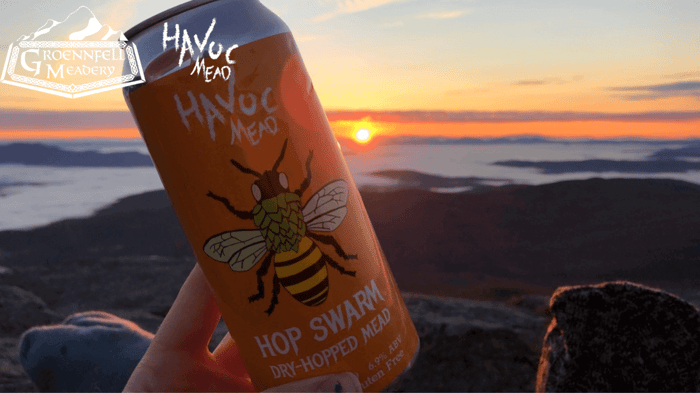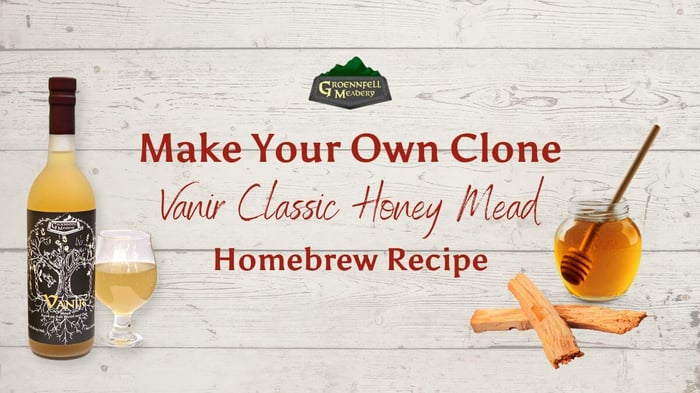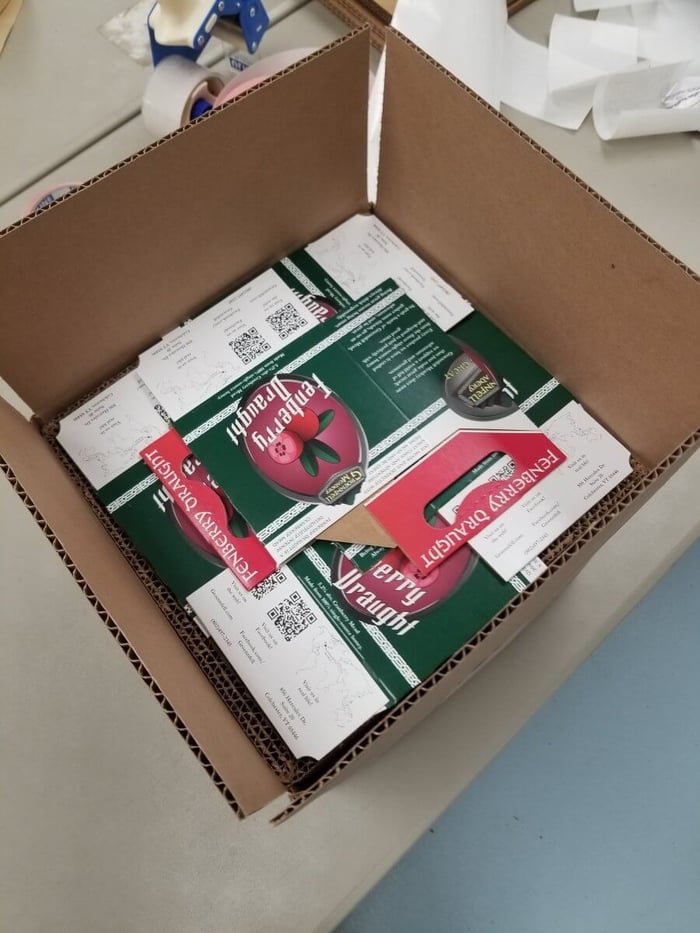Did you know that we’re an open source meadery? That’s right! Every one of our meads has a clone recipe available online. You can check them out right here!
If you’re new to meadmaking, we suggest you start with Valkyrie’s Choice. It’s really straight forward with nothing more than honey, water, yeast, and nutrient, and we have a quick primer here to help you with your first batch.

Generally speaking, all of our meads are brewed in a very similar fashion.
So, we thought we’d give you our techniques all in one place rather than include them in each and every recipe.
Big Disclaimer: These are our practices, we are not claiming that they are universal. We do them because they work and provide good results.
With that out of the way, here are all of our general principles in one place:
- We sanitize every single thing that the mead is going to touch.
- Our honey is never heated above 105 degrees Fahrenheit, and usually only to 94F. This prevents the volatilization of complex flavor and aroma compounds.
- Our brewing water, for similar reasons, is never heated above 98F.
- We filter our water with a carbon filter to remove off-flavors and to give ourselves a stable starting point throughout the year. This prevents our having to worry about changing aquifers, treatments, and other issues. If you have good, consistent water at home go ahead and use that.
- With the exception of our darker meads, all of our honey is raw (or strained) wildflower honey.
- We used to sulfite our must (the honey water mixture) before brewing, but we don’t do that anymore. We allow our yeast and the wild yeast to work in harmony.
- We never filter our products because we believe subtle flavor and aroma is much more important than clarity.
- Fruit juices are almost always added in primary fermentation (when the bulk of the yeast activity occurs) with the exception of citrus juices which are added in secondary.
- All spices and herbs are added in secondary.
- We sulfite after fermentation has completed to help the mead keep indefinitely in the can. This is not necessary for homebrewers, but doesn’t hurt.
- We are careful to brew our meads with an original gravity such that we can add ingredients in the secondary and still hit our intended ABV. (Specifics for each recipe will be included.)
- We force carbonate all of our products because many of our yeast strains produce hydrogen sulfide in a quantity that would render the packaged product… a little eggy.
- We oxygenate the ever-loving heck out of all of our products pre-fermentation, then only introduce oxygen at later stages if we’re pitching a new yeast strain and there’s plenty of sugar left in solution.
We know that’s an awful lot, but we have reminders in each recipe. We hope this is helpful!
Head over here for our recipes!




